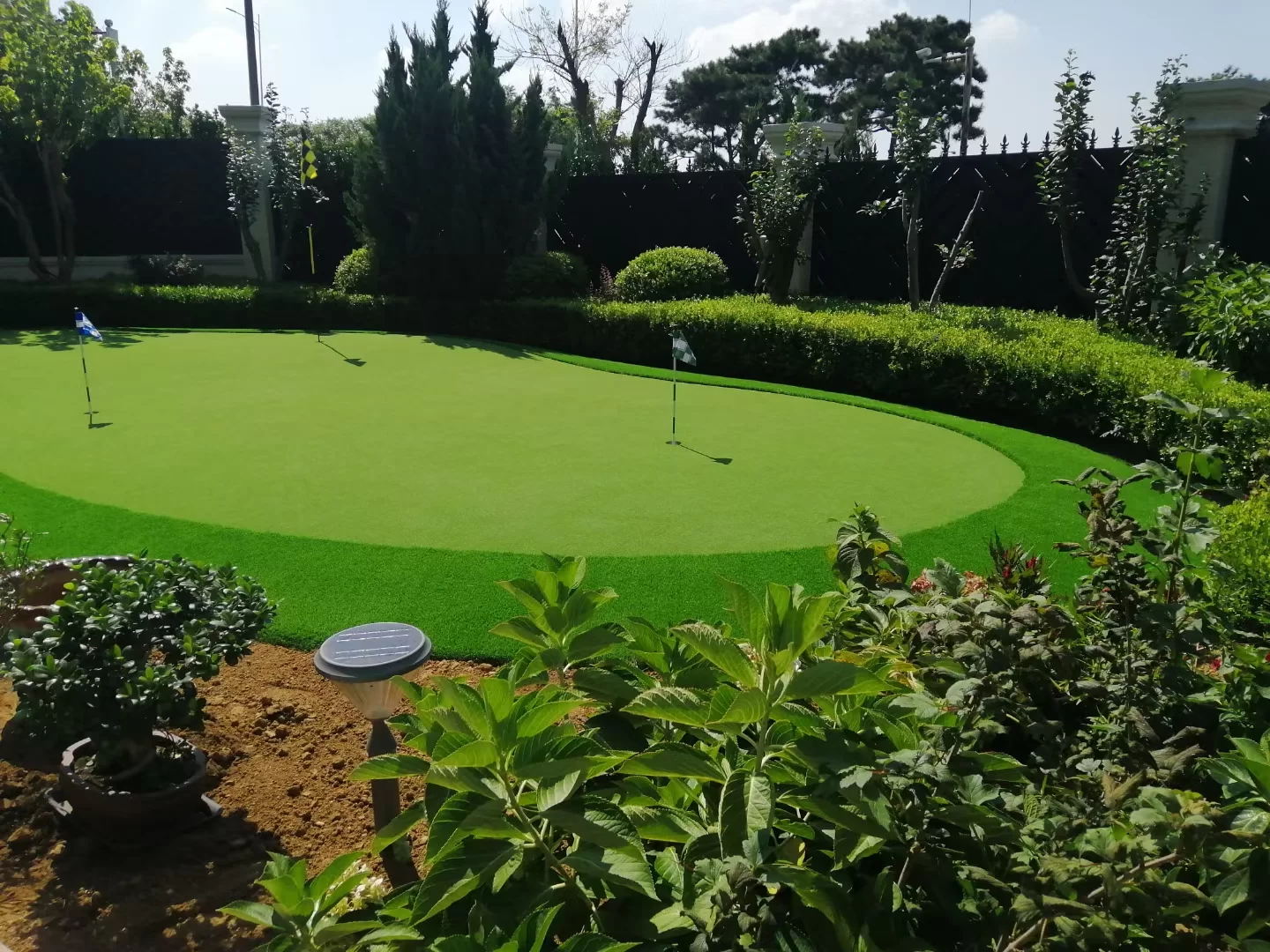

When selecting the ideal playing surface for football fields, the choice between natural and artificial grass is influenced by factors such as climate, usage intensity, and maintenance capabilities. Warm-season grasses like Bermuda are favored for their durability in heat and rapid recovery, while cool-season grasses like Kentucky bluegrass offer lush, resilient turf in temperate zones.
However, natural grass fields require significant upkeep, including irrigation, fertilization, mowing, and repair after heavy play or adverse weather. To address these challenges, many sports facilities have turned to artificial grass fields. Modern synthetic turf is engineered for safety, performance, and aesthetics, providing an even surface with cushioning that reduces injury risks.
Artificial turf has revolutionized multiple sports beyond football. Artificial cricket turf and specially designed artificial grass cricket pitches provide consistent bounce and durability for cricket grounds that see heavy use or are located in regions unsuitable for natural grass. Similarly, artificial golf surfaces enhance putting greens and tees, offering uniform conditions regardless of weather.
Baseball fields also benefit from artificial turf, which allows for easier maintenance, improved drainage, and consistent playing areas for infield and outfield positions. Additionally, recreational sports like bocce ball use artificial grass bocce ball courts to create level, durable surfaces that optimize gameplay.
In summary, the choice of grass type for football and other sports fields depends on performance needs, maintenance resources, and environmental factors. With advancements in synthetic turf technology, artificial grass fields have become a popular and practical solution across many sports, providing reliable, attractive, and sustainable playing surfaces year-round.
Hit enter to search or ESC to close